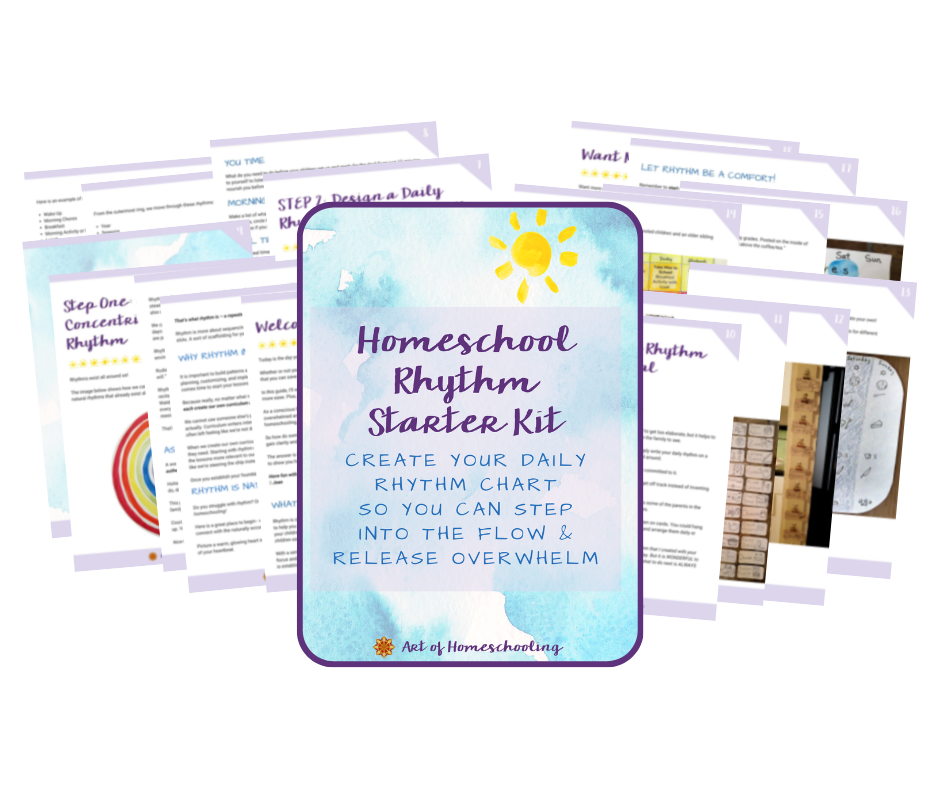Many thanks to my friend Alison who is joining me on this adventure! It’s great to have a partner on this project and we’re hoping you’ll join us by leaving comments. Today we’re acknowledging the moral and spiritual task of teaching.
Remember the structure of each day during the Seminar Course was threefold: Foundations lectures each morning, Practical Advice midday, and then Discussions later in the afternoon. Today we are reflecting on Lecture One, given on the morning of day one, from The Foundations of Human Experience.
After talking about reforming and revolutionizing education in the Opening Address, Rudolf Steiner emphasizes the key concept that teaching is a moral and spiritual task. “I ask you to understand these introductory words as a kind of prayer to those powers who stand behind us with Imagination, Inspiration and Intuition as we take up this task.”
Steiner believed that religion, while spiritual, focuses too much on death rather than birth. He wanted teachers to recognize that: “Our form of educating can have the correct attitude only when we are aware that our work with young people is a continuation of what higher beings have done before birth.”
Interestingly, Steiner mentions a number of times that we want to be concrete and not abstract. He says “If we take things concretely, we cannot endlessly pursue questions.” Steiner was very pragmatic; fourteen days of lectures and then opening the school shows that!
And then there’s the role of the teacher in education. Steiner says that “The task of the teacher is to harmonize these two parts (the spiritual and physical) to one another.” Over and over again, Steiner states that as teachers we must not just focus on what we do, or what we teach, but on what we are and how we teach through “living a correct life” and “making something of ourselves.”
He also talks in this lecture about sleep, which is where we reconnect with the spiritual world.
“As teachers, we cannot give children anything from the higher worlds. What human beings receive from the higher worlds comes to them during sleep. All we can do is to use the time children spend in the physical plane to help them gradually become able to take what we do with them into the spiritual world.”
This is where the idea of the two-day rhythm comes from. We present one day, and then let the children take the stories into their sleep life where they transform into exactly what the child needs – “strength they can bring from the spiritual world to become real human beings in physical existence.”
Some of these concepts are not easy to grasp. But the idea of teaching being something more than just content is definitely here! Alison’s take: I love Steiner’s admonition to make something of ourselves so that the thoughts that fill us become intimately connected to the “facts we are trying to transmit through our instruction.”
Alison has a great conclusion here: So as a homeschooling parent reading this, I would primarily hang onto the notion of the teacher and parent building strength and character “through living a correct life” and “making something of ourselves.” I have heard it said that 90% of teaching is non-verbal, it is what the teacher models. Some things I want to model are curiosity, compassion, patience, diligence, and joy. I want to model creating connections between the material and things I have observed or read, creating an atmosphere in my home which encourages a love of learning and is also fun and lively at times, restful and nurturing at other times. A tall order, but in some ways far more engaging than spending endless hours preparing complicated lesson plans.
Challenging yet liberating!!!
The Steiner Cafe is a place to explore and reflect on the lectures that Rudolf Steiner gave at the Teacher’s Seminar in 1919, the very first Waldorf teacher training.
To read reflections on previous lectures, check out The Steiner Cafe.
These lectures are published in three books. Below are affiliate links for your convenience. Click here to read my full disclosure policy.
The morning lectures are found in The Foundations of Human Experience; later morning lectures in Practical Advice to Teachers; and afternoon lectures in Discussions with Teachers.
We invite you to pick up the books and read along. Or if you prefer, you can read online at www.rsarchive.org. Or listen at www.rudolfsteineraudio.com.
Lot’s of options! Hope you’ll join in the conversations.




Thank you, ladies. I look forward to joining you along this adventure. I love Alison’s take on the importance of creating a home that is “fun and lively at times, restful and nurturing at other times.” This simple phrase will be my foundation for the year. (Much easier and productive to me that hours spent memorizing/prepping a lesson.) Thank you!
Yes, a great phrase for sure! It’s really the concept of breathing in and breathing out that Steiner talks about. Or the idea of active followed by calm. Beautifully put by Alison! We can for sure get so very serious about all the planning and the right way to do everything that it takes the fun out of it. Let’s all have more “fun and lively, followed by restful and nurturing” this week!